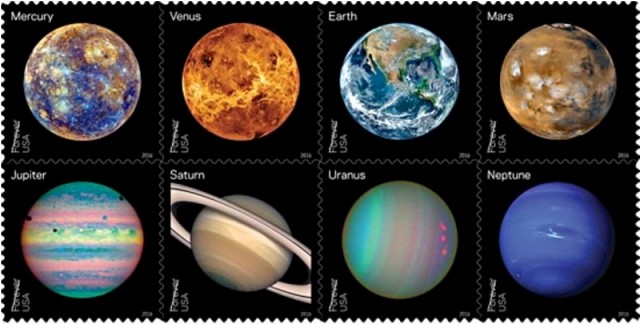Ive already posted about the Orient Express joint issue between Austria and Romania....but this is what the story behind the Serbian FDC is.
The Orient Express, luxury passenger train which connected West with East Europe, ran for the first time on October 4th in 1883. Its creator, Georges Nagelmackers introduced, on European railways, first luxury sleeping cars and restaurant cars. That was the time when political and economic relations, progressing trade and the beginning of modern tourism resulted in the big augmentation of the number of passengers. However, in those days, long trips by land were very strenuous and unpleasant. That is the reason why trains belonging to Nagelmackers CIWLT company (Compagnie internationale des Wagons - Lits et du Tourisme) achieved very fast a great success and set up new standards for travelling through Europe.
After several long routes, Nagelmackers decided to introduce a luxury train which connected Paris with Vienna, and by them also London and Berlin with countries in the Balkans and the capital of Turkey, Istanbul. Since the railway road through Serbia and Bulgaria was not yet finished, the first Orient Express communicated from Paris to Bucharest where passengers were ferried across the Danube and the Black Sea. This train, still called in those days the "Lightning train", passed through Serbia for the first time on November the first in 1885, reaching Niš which was its terminus. In 1888, when the railway to Sofia was finally finished, the train which, in the meantime, got a new name the "Orient Express", began to run on its direct route to Istanbul. After World War I, actual political relations brought up changes of this train's route. France and England wanted a faster connection with the Balkans and Turkey, so this train shortened its route through the Simplon Tunnel and was named the Simplon Orient Express. This period represents the culmination in the development of this train.
World War II and the political changes that followed significantly influenced the famous train. Damaged tracks and problems on boarders in relation with the Iron Curtain made the journey on the Orient Express problematic. Very soon, airplanes occupied the free space and took over the passengers. The most luxurious European train became an ordinary express train. in 1977, as a pale shadow of the legendary train, the famous Orient Express was withdrawn completely with the last Paris-Istanbul service.
Connecting for decades, on the most luxurious way two worlds, the Orient Express became the symbol of a lifestyle By using it, rulers, politician, rich men, artists, adventurers and spies have magnified its fame.
Immortalized in several literary works and films, the Orient Express is also well known to the younger generation.
For Serbia and other countries in the Balkans, the greatest significance of Orient Express was the highest quality connection to the most developed parts of Europe.
some technical details regarding the two stamps on the FDC:
Width: 35.0 mm
Height: 29.0 mm
Denomination: 20 CSD/50 CSD
Layout/Format sheet of 8
Perforations: 13.25 by 13.25












































